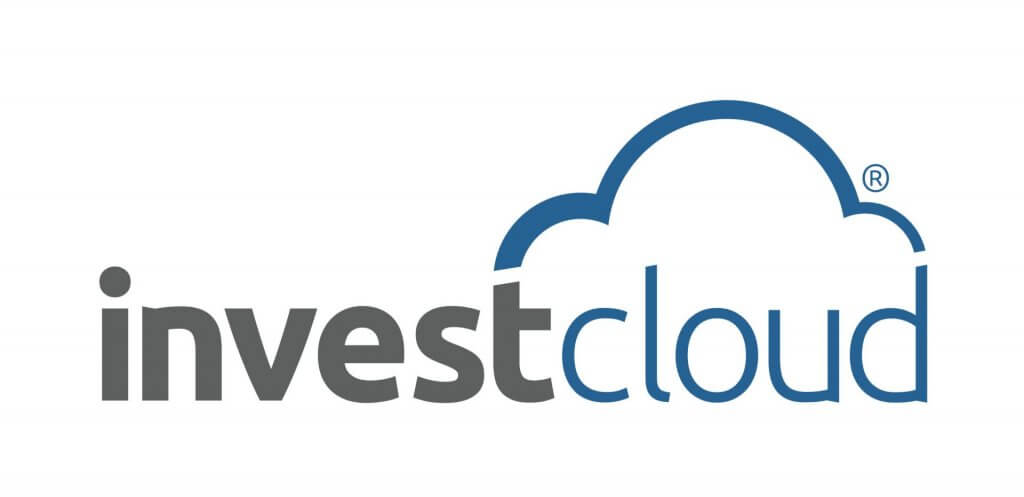There has been a radical shift in client’s behaviour towards portfolio construction. No longer is there a requirement for costly active portfolios and instead, many would rather opt for passive low-cost investment products. With a range of advisors providing this offering, the market has become fiercely competitive. Wealth & Finance International sits down with InvestCloud’s Chief Growth Officer (CGO) Mark Trousdale, who gives his views on why modern financial planning tools should be at the forefront of every wealth management firm.
What is behind the trend of moving away from active portfolios towards passive investment products?
Both active and passive investment products have had their days in the sun. If you look at large-cap blended funds from 1985 to 2019, active and passive are nearly neck and neck on the number of years in which those portfolios performed better. In bull markets, many passive portfolios are rising, so active portfolios risk missing the wave. In bear markets, contrarian active portfolios sometimes avoid the pitfalls of the broader market. The rising popularity of passive portfolios is not a judgment of performance in a vacuum – it’s a judgment of performance against fees. Active portfolios simply cost more to invest in than passive portfolios; and given that active portfolios have not consistently outperformed passive ones, it’s becoming increasingly difficult to justify those higher fees.
Why is financial planning now more important to financial advisors (and clients)?
Fund fees are not the only ones under the microscope. Transaction fees have fallen significantly, and in some cases to zero – such as Charles Schwab’s move to eliminate fees in October 2019. Advisory fees are also under threat. The market has been taking a critical look at value for money in all areas of financial services. The lower the value of a service – or the more commoditised it is – the harder it is to justify high fees. One area that cannot be commoditised is financial planning, and investors really rate it. After all, what is the point of wealth management if not to ensure financial wellness and help families achieve their goals? Advisers are increasingly emphasising their financial planning offerings to stay at the forefront of investor value creation.
How is fee compression affecting firms? Will it get better or worse? How does this affect competitive dynamics in the market?
As noted above, fee compression is having a big impact on several areas of financial services, and it’s only going to get more intense for traditional offerings. But as we’re seeing with financial planning, service innovation and value focus are keys to success. I’m a big believer that price is only an issue in the absence of value. The imperative must be to innovate, focusing on value as the north star. This will spur further competitive dynamics in our market.
What do wealth managers and financial advisers need to do with regards to their business models and operations to support this?
In order to innovate and focus on value, advisers should focus on enhanced client communication. This involves empowering clients to interact with their advisers, view account information, track their private assets and held-away accounts, store life’s important documents, consume curated content, build goals and make confident decisions alongside their advisers. At the same time, advisers and other wealth managers need to focus on building in automation to improve operational efficiency. Across the middle and back office, advisers can automate account opening, simplified account funding, scalable model creation and distribution, automated rebalancing, personal balance sheet aggregation, one-click proposal creation and other digital advice apps. This list goes on. The aim is to reduce the number of manual, repetitive and laborious tasks so advisers can instead focus entirely on value creation.
From a technology perspective, what do firms need to implement? Should they build or buy?
Many firms focus on answering the build versus buy question. For advisers and wealth managers, delivering technology effectively is rarely a core competency. That’s not to say that these firms don’t have great tech talent – many do. But their track records are atrocious when it comes to delivering technology solutions on time or on budget. Most in-house technology projects ultimately fail for this reason. Besides considering explicit (vendor) vs. sunk (internal team) costs, firms should also look at risk costs – ‘can do’ is not the same as ‘have done’, and failing clients in this market is not an option. The value proposition to build simply doesn’t exist.
At the same time, buying technology off the shelf can seem like it will save money, but most financial technology is monolithic and cannot be customised at scale. Logo-swapping is not customisation and clients will notice the lack of flexibility or functionality open to them.
By themselves, build and buy both lead to unsatisfactory results. Advisers and wealth managers should not approach this as one or the other and instead focus on how to take control of technology in a cost-effective, fast-to-deliver way.
The answer to this is via subscriptions to digital platforms that are flexible and modular – build and buy. With a truly modular platform, you can add functionality as your business evolves, versus an all-or-nothing proposition. This also controls recurring costs, because you pay for only what you need. The best type of platform is one that also supports mass customisation – a framework to flexibly configure and customise the look and feel as well as the workflow, integration points and data scope. From a risk and cost perspective, this should be able to be delivered in no more than six months at a price that beats your internal measures. These are all the benefits of a build and buy – the best of both, with none of the downsides.
Should wealth managers/financial advisors look to patch process with different technologies, or should they be focused on digital transformation?
Whether it’s the right answer to complement or replace existing processes and technologies depends on the process and technology in question. A firm should not throw the baby out with the bathwater. Instead, they should leverage existing investments if they are of value. But equally, firms have loads of technical debt, and can spend a significant portion of their budgets servicing bad tech. So, it’s about reviewing the technical tapestry critically and being strategic about enhancements. This is where hyper-modular apps and functions come into their own, as it means firms use only what they need, complementing their valued investments.
What other considerations do wealth managers and financial advisers need to take into account, e.g. from a digital/engagement perspective?
Investors simply expect more for their money these days, and the norms of consumer digital offerings have crept into many of their psyches. Wealth managers and financial advisers need to be extremely forward-thinking about how they automate workflows, and how they communicate with and manage their clients. Not only is a website no longer anywhere near enough, but also a basic client portal is no longer enough. Advisers and wealth managers should focus on truly enhancing client communication through things like enabling multi-channel adviser interactions and dynamic, holistic digital advice financial planning. These are the things that will matter most to them.
What other trends will affect how wealth managers and financial advisers conduct their business in 2020?
Wealth managers and advisers can expect further fee compression as well as even greater investor emphasis on financial planning. Depending on the demographic, ESG is coming much more into the mainstream. So, expect investors to be demanding more intuitive and engaging tools to compare financial products at a glance in order to help them achieve their goals. It would also not be surprising to see firms outside the US start to offer Turnkey Asset Management Programs (TAMPs) or TAMP-like platforms, which may fundamentally alter how wealth managers and advisers deliver services.

Mark Trousdale, EVP, serves as InvestCloud’s Chief Growth Officer (CGO). In this role, Mark is responsible for growing InvestCloud’s adoption and revenue in a consistent fashion, currently focused on the UK and broader EMEA, and headquartered in London. Mark’s responsibilities include business development, regional P&L and executive committee participation. As part of InvestCloud’s founding team, Mark has served in a number of different roles at InvestCloud throughout the years, building upon nearly 20 years of experience in financial and professional services. Prior to joining InvestCloud, Mark led the western region Asset Management Advisory practice of Deloitte. Mark holds a BA with Honors and an MA with Distinction from Stanford University.
























